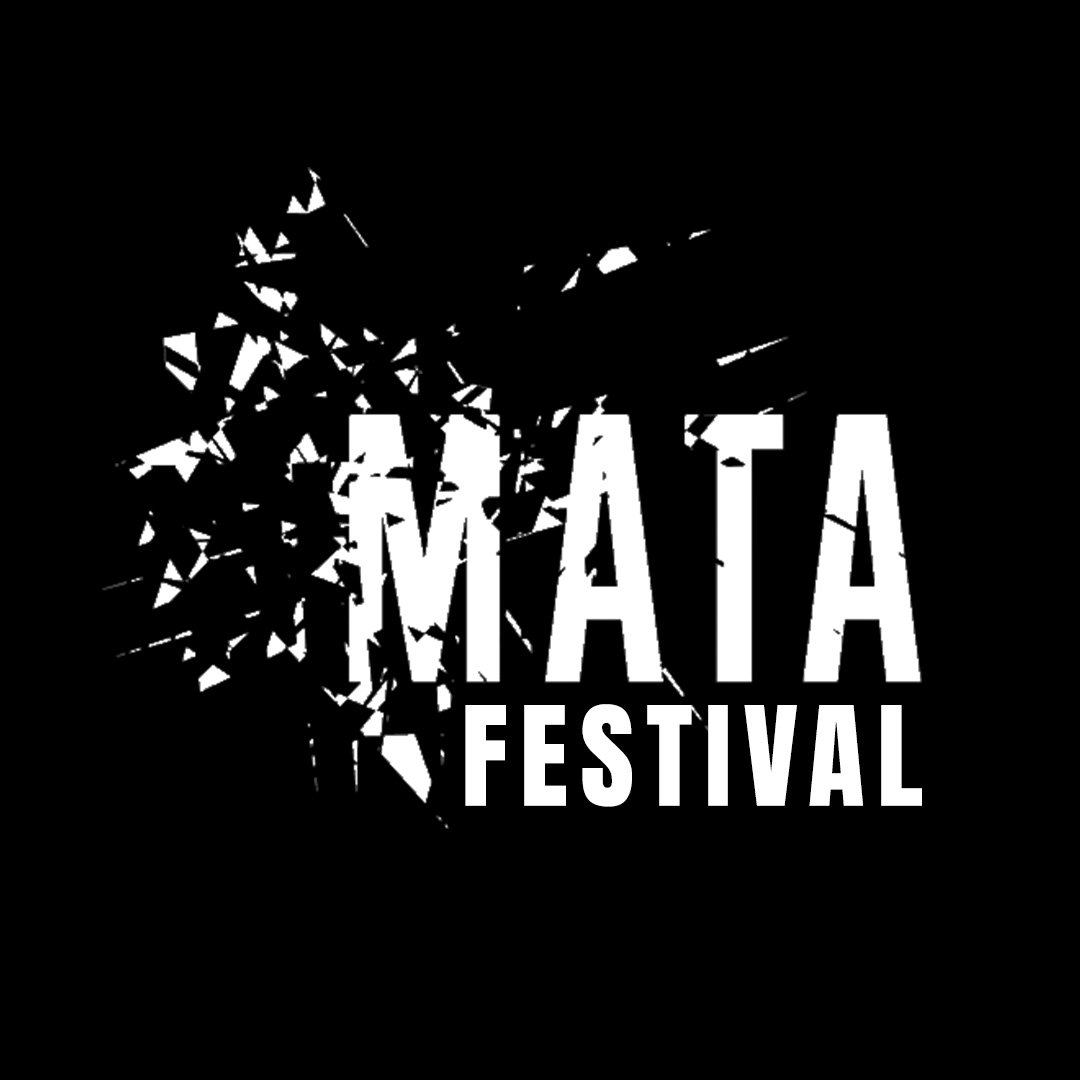INTERVAL 4.2 Juraj Kojs Blog #3
Hello there: In my final blog, I would like to discuss some issues regarding improvisation and gesture areas of the programmed pieces.1. What are the improvisation elements and how do the composers manage them?While, the composer provides the performers with a set of sounds, effects and a score, the actual manifestation of Paula Matthusen’s lathyrus happens on the spot. Each performer uses their ears and musical sensitivities to modulate the samples. And who decides when to move to the next section? That’s right: there is a button for that! If at any stage any of the performers decides to move forward, pressing the button will result in a playback of a particular sound sample which signalizes to all that it is time to progress to a new section. I am curious to learn whether you will be able to identify this sample at the concert!Spencer Topel writes about the role of improvisation in his Violine: „Improvisation in this work comes together in the form of chamber music with the laptop. In particular, the second movement features a piece of software named SoundSpotter developed by my colleague Michael Casey. This particular application is the most responsive non-human chamber music partner I have ever performed with as it matches any sound I make to a specified source audio file. In short, I can create a second layer of performance by the interaction that happens via this spotting over the parameters associated with pitch and timbre.“Jorge Variego’s Mimic is based on improvisation of various proportions: while the balance between the fixed and performance elements can be 30 to 70% in one performance, the ratio can be completely reversed in the next! In Chikashi Miyama’s Black Vox, improvisation constitutes 100% of musical activities. Chikashi compares the piece to jazz music in a way that „a performer improvises within a fixed formal structure.“My own At and Across is pretty much composed. While there is some space for individual soundings in the opening section, the piece is strictly notated afterward. Yet again, the chaotic bell behaviors introduce clashes of unpredictability at the end of the piece. However, all of these improvised moments occur within well-defined limits.Meg Schedel and Sarah O’Halloran select various note cells for their voice and cello improvisations in ...linger figure flutter... The K-bow controller is used to pick particular video materials and prerecorded audio tracks. In this way, their composition is set up as a fixed architecture; the players modulate its details with each iteration.2. What role do gestures and performance actions play in these works?Gestures emerge from the relationship between the violin and audio sources in Spencer Topel‘s Violine. The gestures in fact assist in adding transparency to the work so that the audience can follow how the music operates. As for the performance actions, Spencer finds his inspiration in Ableton Live software‘s performance capabilities.Performance actions control almost all aspects of sound in Chikashi’s Black Vox. „The gestures sometimes have some sort of theatrical or dance-like aspects since one of the main subjects of this work is the relationships between gestures and sounds.“ The composition is actually built on the exploration of the relationship between the bodily actions and computer sounds.This is a very similar approach to my own At and Across in which performance actions largely define the musical context. I called such music action-based. Digital models of instruments and interactions further enable action-based music in the sonic cyberspace. As a matter of fact, I wrote an article on the topic which you can download here: http://www.kojs.net/Kojs-JNMRArticle.pdfBut enough of teasing! My hope is that these blog entries increased your curiosity about the concert. Come and join us next week! I will be looking forward to seeing you all. Please, come by and talk to us after the performance!



